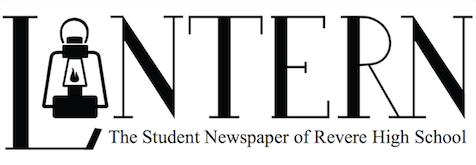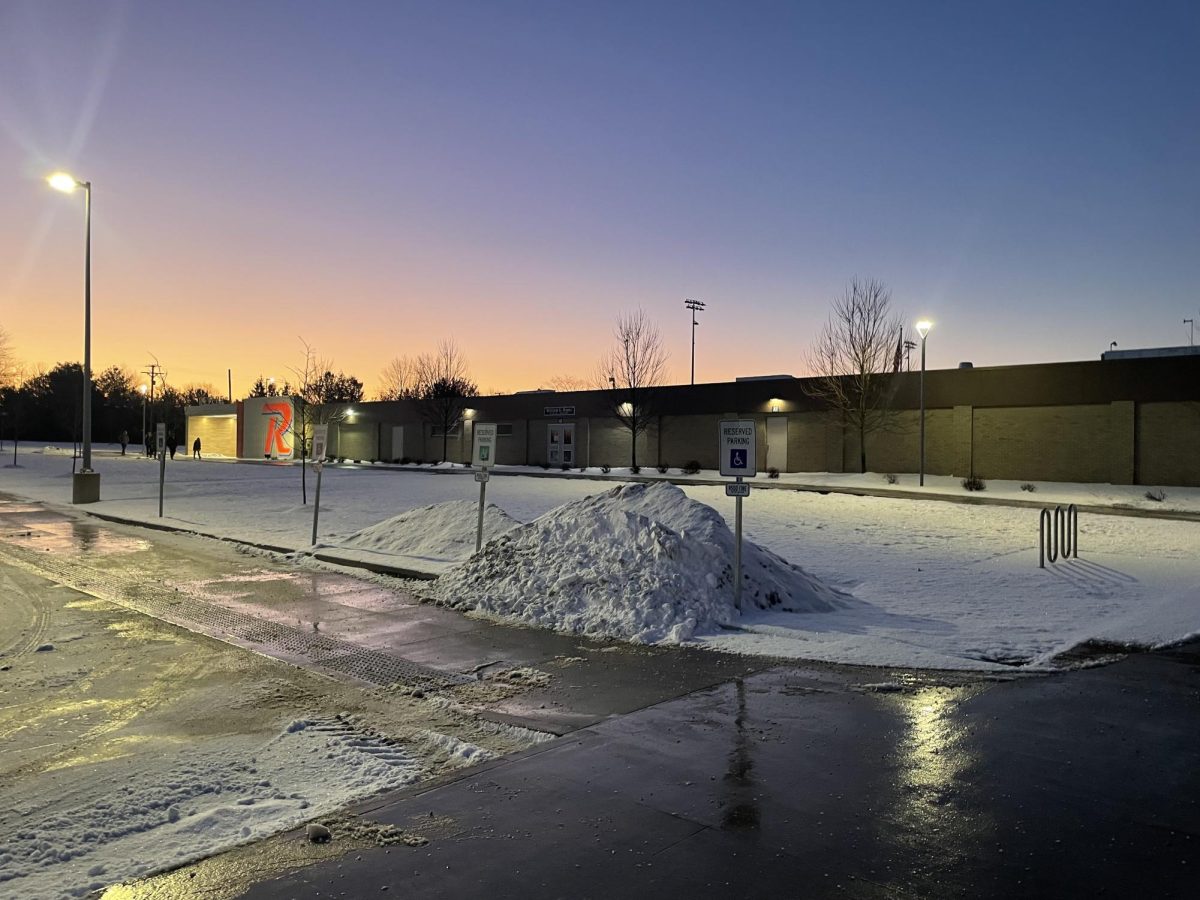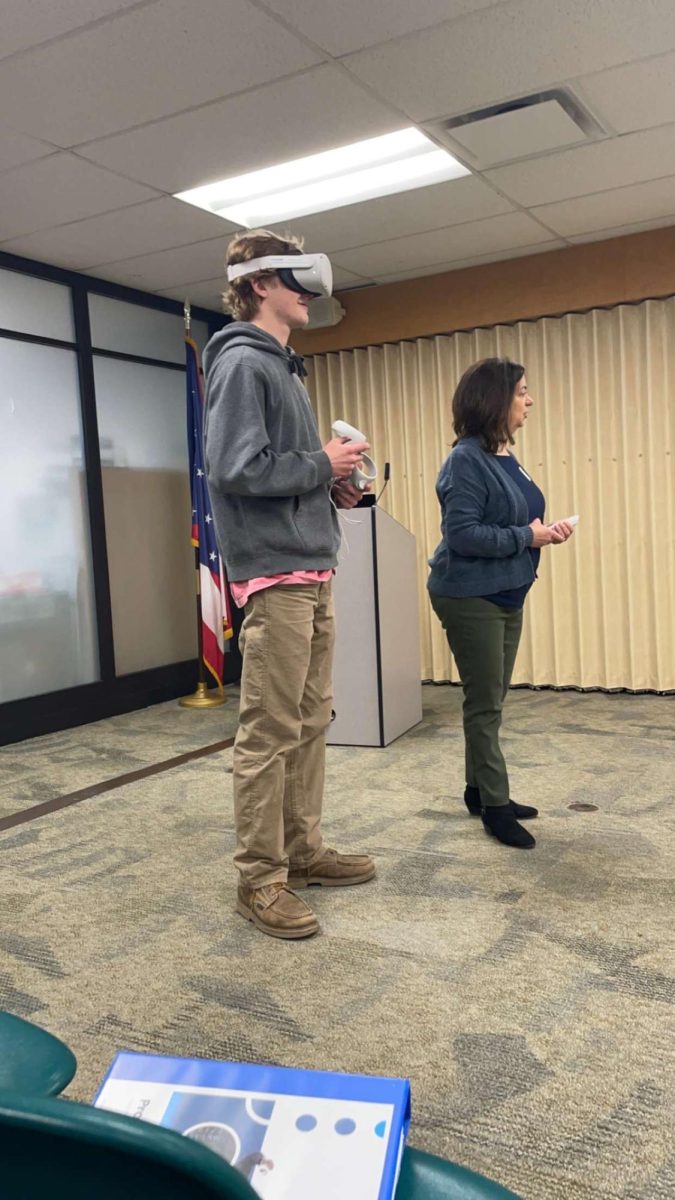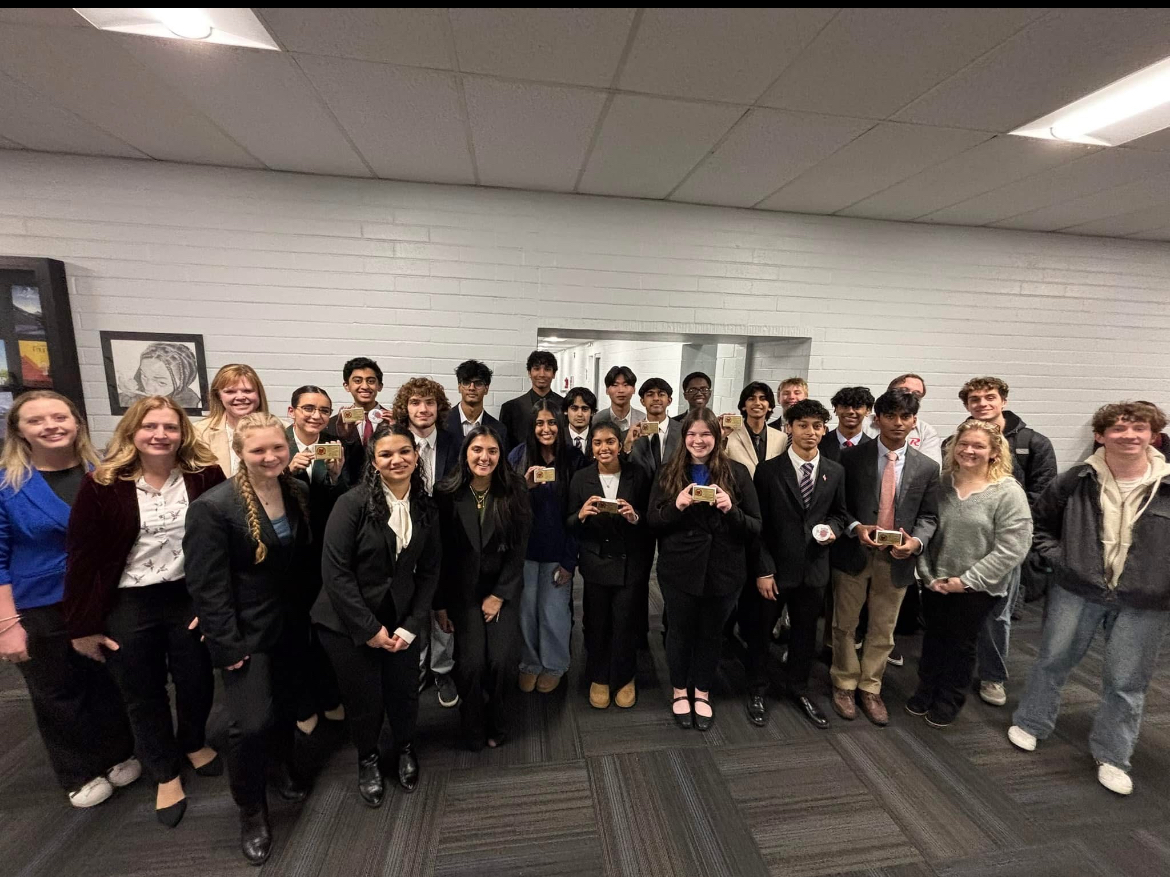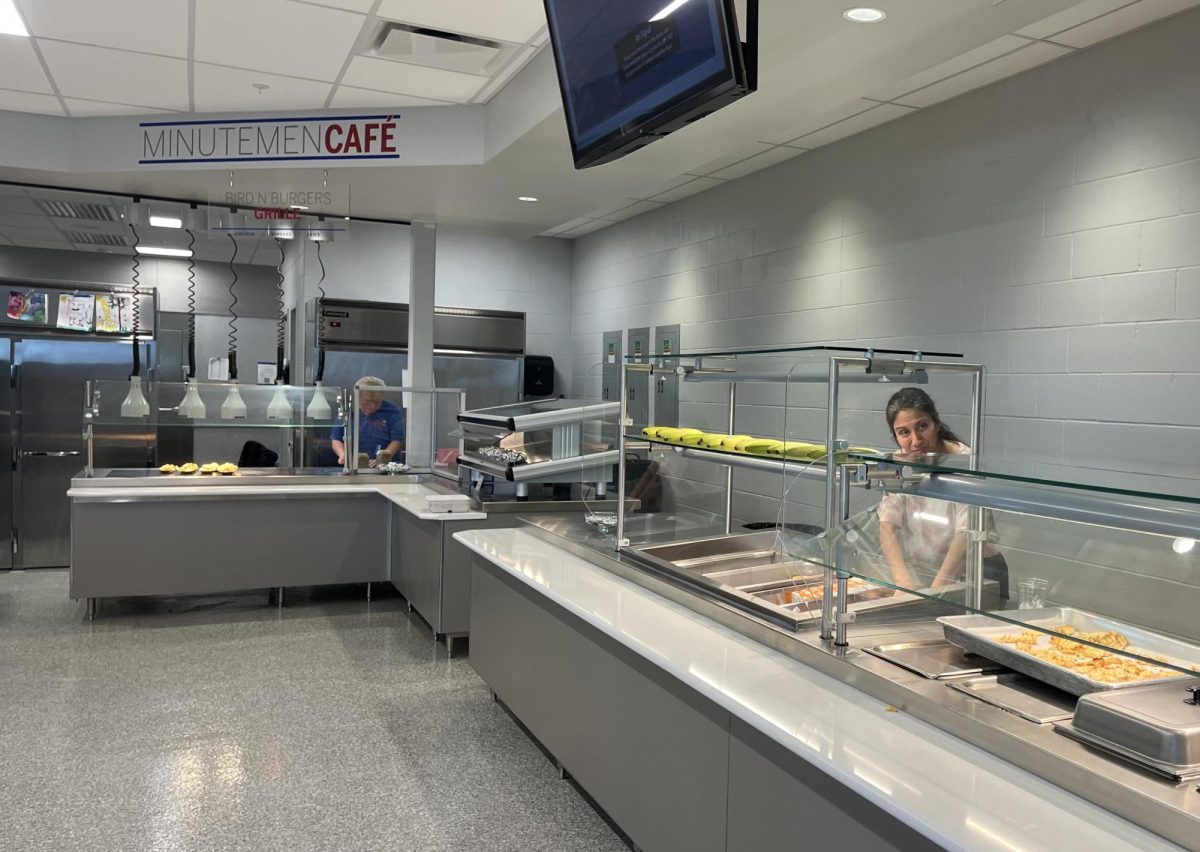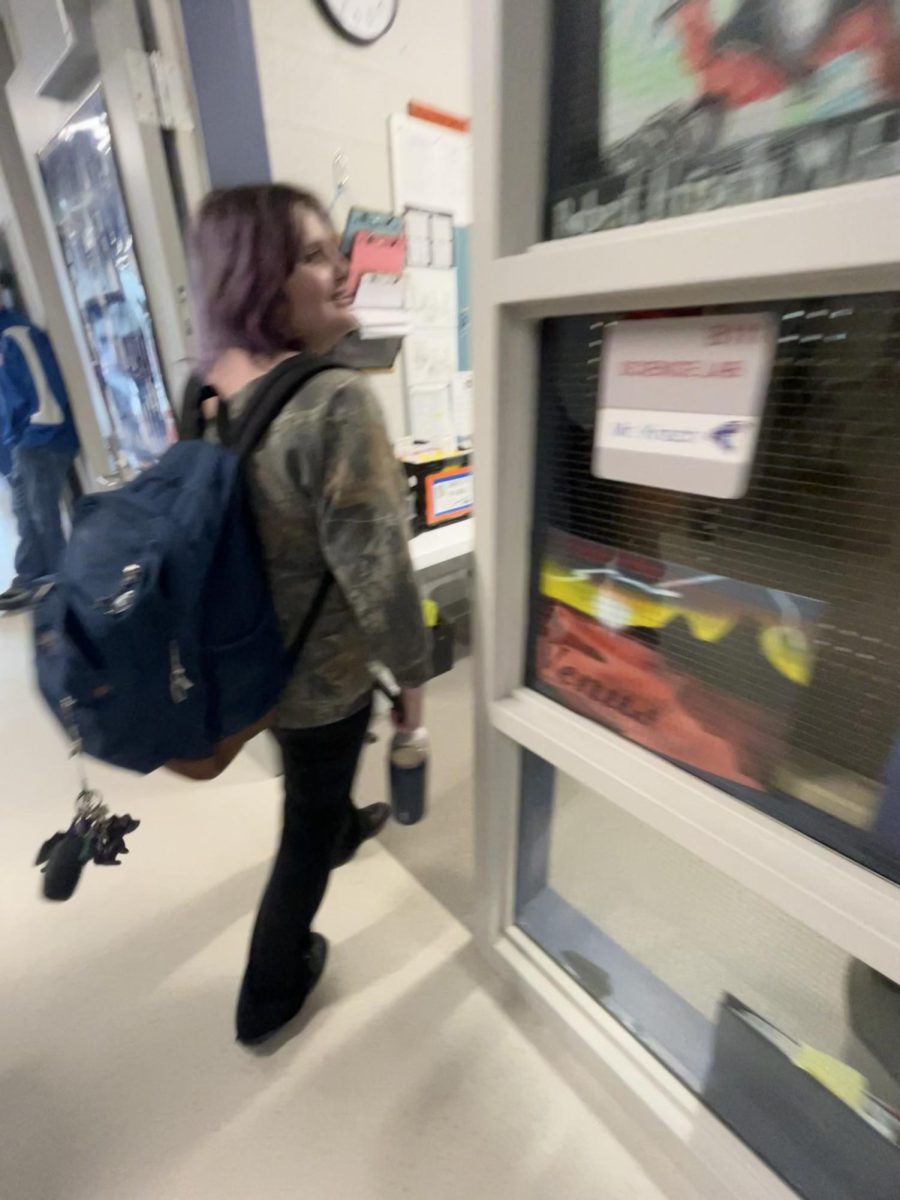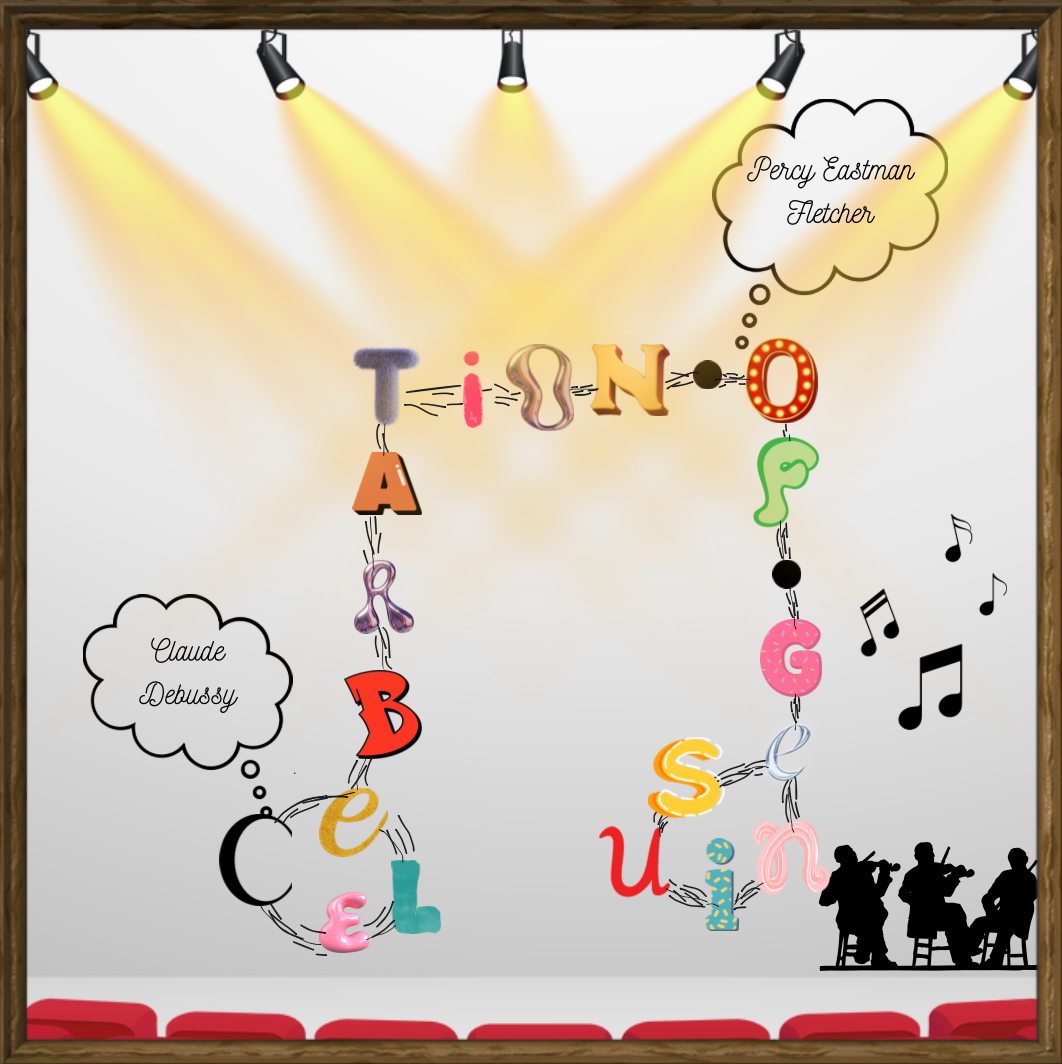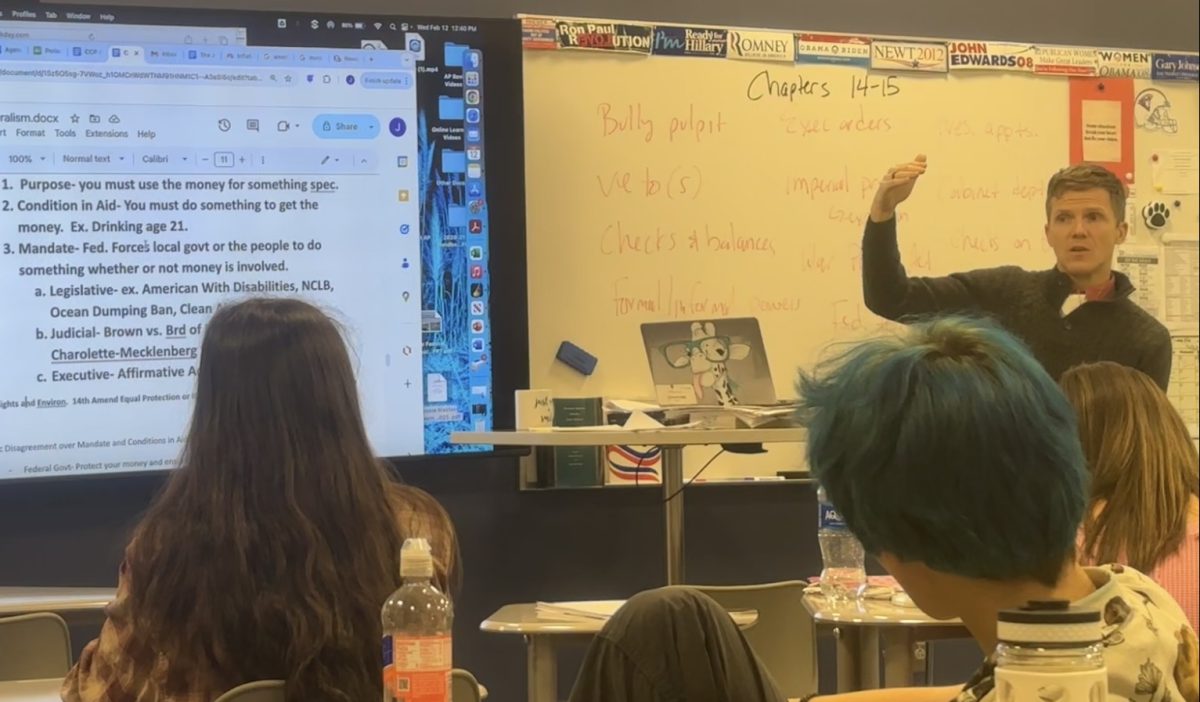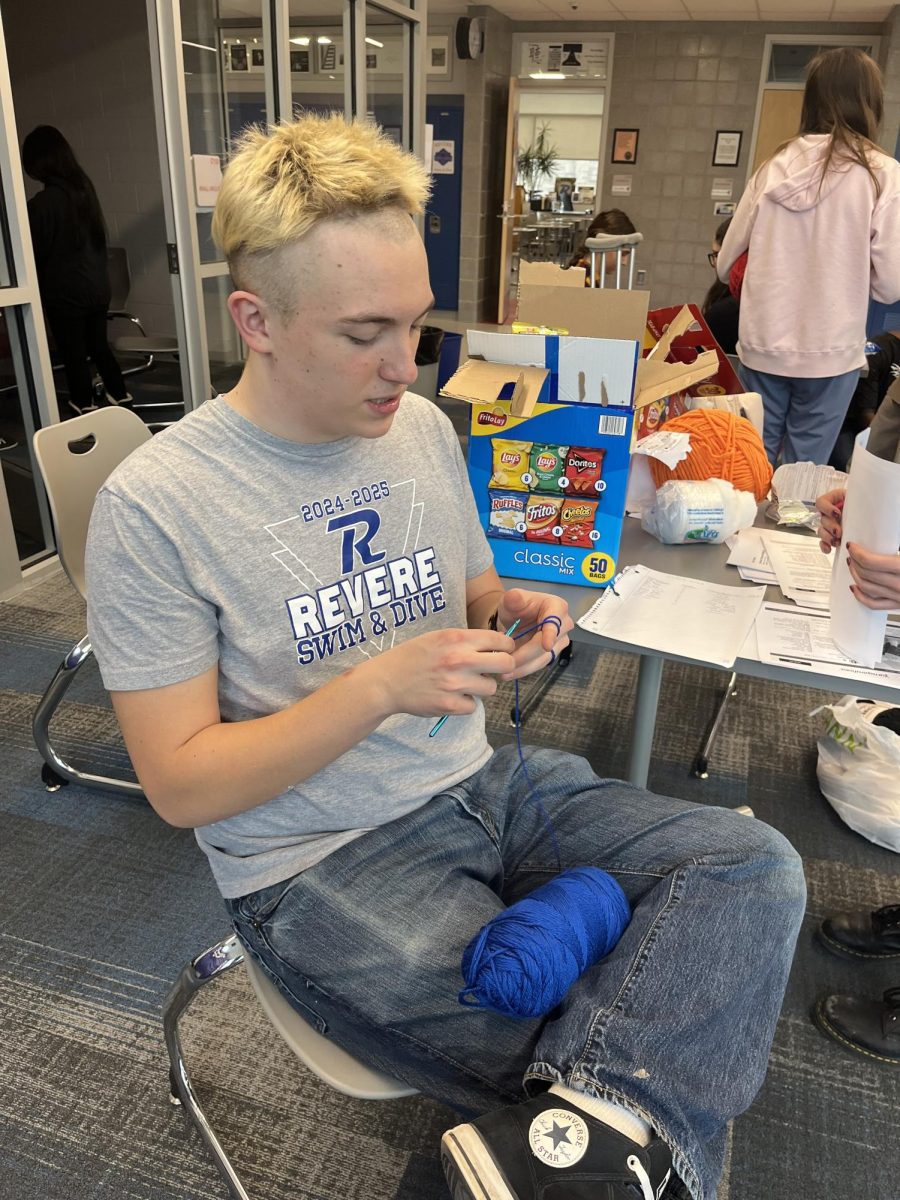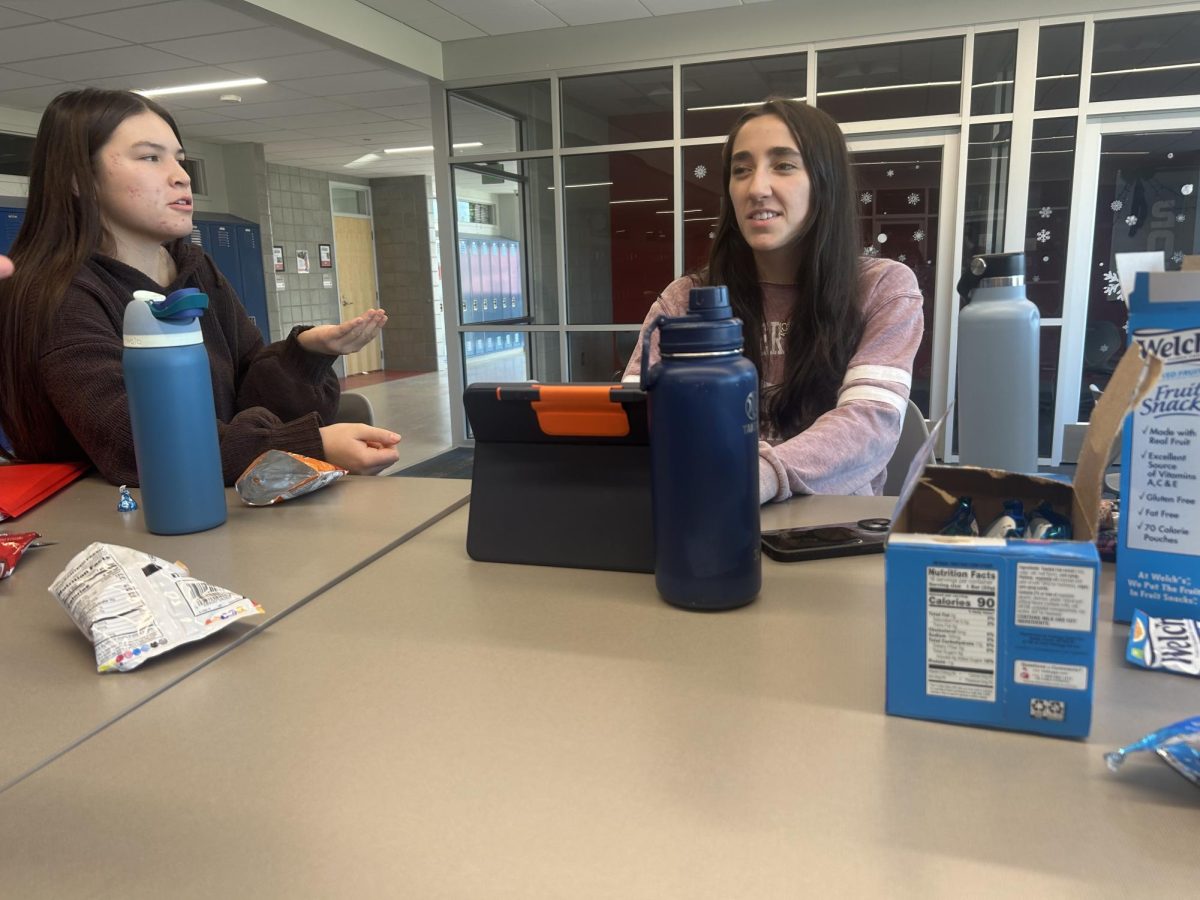Revere and its staff are working on new policies to address Artificial Intelligence (AI) as it pertains to the classroom.
During the 2022-2023 school year, generative AI—a tool that learns from common patterns or structures and creates new content based on what it discovers—became more widespread, causing educational institutes to adopt policies to address them.
Revere Superintendent Dr. Michael Tefs serves as a key figure in the creation and influence of the district’s policies. He commented on the current plan for an AI rule.
“There is not [an AI policy] in place. . . . [Revere’s] legal counsel . . . is not working on one at the moment. . . . There probably will be [a policy eventually],” Tefs said.
Understanding how these instruments work and how they affect classrooms is crucial in creating new AI guidelines. Tefs described the process that Revere is taking to research AI further and to continue adding to the discussion.
“[We find] everything we can get our hands on to be as knowledgeable about the topic [as] we can be,” Tefs said.
The conversation around AI in the district continues to grow, with both educators and students alike discussing the instruments. Tefs detailed the importance of understanding and acknowledging the various voices involved and how teachers’ perspectives from different subjects and grades can affect future decisions.
“We need to listen to the diversity of our teaching force, from a fifth-grade teacher to a high school teacher who is teaching biology versus English. There’s a big difference there,” Tefs said.
Not only do educators play a part, but the community as a whole has a role in transforming the district and its future policies. Tefs described how important it is to receive feedback from all members of the district and how they impact new guidelines.
“[We] have to make sure that no one gets marginalised, that every voice is counted, and then kind of code the data we’re hearing from everyone in a qualitative way,” Tefs said.
As generative AI grows, creating formal conversations around the technology is crucial. Tefs detailed potential meetings that may take place in the future that would further the discussion around these tools and the viewpoints of all parties involved.
“What we’re looking to create—[and what] we need the board’s support on—is a committee that will help with the adult side and a committee that will help on the student’s side—which will be driven by students—[to discuss AI in Revere],” Tefs said.
Although there is not yet a committee like the one Tefs described, his vision for one is clear. He described the hypothetical panel and what he hoped they would achieve.
“We’re going to give them really quite a bit of room to just go and come back and talk with us; [to] create some problems and scenarios. . . . As we do that this year, we could get to the point of codifying a policy,” Tefs said.
With no set policies district-wide yet, English teachers at Revere High School are growing concerned with the technology and its place in their rooms. Many worry that students will misuse or become reliant on these digital tools in writing or research assignments, resulting in educators designing guidelines to address AI.
Alan Silvidi is an RHS teacher and part-time instructor for the University of Akron’s College Credit Plus program in English composition, which is a dual-enrollment program that allows students to take college-level courses for both high school credit and college credits. Silvidi explained the policies he and the University of Akron created concerning AI.
“You can not use AI tools for your writing assignments without specific instructions from the teacher,” Silvidi said.
With the University of Akron allowing professors to create class-specific policies, different educators have different guidelines regarding the tools. Silvidi described the banned instruments in his classroom.
“I wouldn’t allow AI tools to create content that you would then claim as your own,” Silvidi said.
Generative AI instruments such as ChatGPT are the focal point in this discussion, having been the reason educational institutions are implementing policies. Some outright ban the tools, while others try to embrace them. Silvidi explained his stance on the matter.
“[Generative AI] could help as a study tool. . . . It could be [used as] models of how to do something,” Silvidi said.
Students can use generative AI to create practice quizzes and questions to study for subjects. Silvidi described a scenario where students may turn to AI to assist them while they study.
“[If] I have a test on chapter four of this book coming up, [I can ask AI to] make a ten-question, multiple choice practice test, and it’ll do that sort of thing,” Silvidi said.
Some AI tools are not generative, however, instead aiding students in their assignments in other ways, such as correcting grammar or creating schedules. Silvidi detailed the devices he allows outside of generative AI.
“Grammarly is AI but it doesn’t claim to be creating content. It checks your work. I’m okay with something like that,” Silvidi said.
There are diverse opinions in the district, with some educators deciding to avoid AI while others implement it. Joseph Susick is another English teacher at RHS who has voiced his stance on AI.
“I don’t want it to be in my classroom. . . . If [students let] AI create writing and be a part of writing, then [they’re] not learning,” Susick said.
The ability to form fresh ideas and be creative is encouraged both in and out of school. Susick described his view on how AI impacts student’s imaginations.
“It’s hampered creativity. . . . [AI] does the job, but it does it in a very vague, non-creative way. . . . Creation starts with boredom, and it starts from [one’s] own mind,” Susick said.
With generative AI being easily accessible to students, some educators are adjusting the way they teach in order to combat these instruments. Susick described how the introduction of these tools altered how his classroom works, and the direction that he will take in the following years.
“It’s actually made me want to go away from technology . . . I’ve pulled away from tech and I’m trying to go more old school: pencil and paper, because you can’t cheat that,” Susick said.
English teacher Leigh Haynam is an educator who has created and implemented rules regarding AI. She explained the policy in her classroom and what is needed before she allows students to use it.
“Students should assume that they cannot use [AI] unless I give them direct permission,” Haynam said.
AI can assist students in their work, allowing them to ensure that their writing is up to par. Students can use AI if accuracy is not a priority in a lesson, but instead, the focus is on other skills, such as public speaking. Having permitted these instruments in the classroom under certain circumstances, Haynam outlined a scenario where she would allow AI.
“[When the] focus of the lesson isn’t so much on the research, but more on how [students] present the information . . . that’s where something like AI could very quickly come up with the content so we can get . . . to the focus of that particular lesson,” Haynam said.
Haynam spoke about the downsides of AI. If students are required to demonstrate their knowledge, their ability to construct coherent presentations or to thoroughly research sources, using AI can hinder one’s credibility. Haynam detailed times when AI was not allowed in her classroom.
“[Banning AI] applies to any time where the audience wants to know what [students] have to say and how [students] phrase ideas and can . . . synthesise . . . information out there in the world and present it to the audience,” Haynam said.
Many educators continue to voice their worries about how AI can cause students to rely on technology. With the world at their fingertips, teachers are worried that students may use this to their advantage. Haynam explained the focus of her class and how AI can negatively impact it.
“In ELA, we want students to work on their own writing skills and thinking skills, and the concern with AI would be that that would do the work for them,” Haynam said.
As AI and technology continues to evolve, teachers are growing more uneasy when it comes to how these tools can impact student’s knowledge and understanding of a subject. Haynam explained her stance on the matter.
“[We want students] to become citizens who can think for themselves and analyse and critique themselves, as opposed to just finding out what ChatGPT or some other source says and regurgitating that. . . . The higher purpose of what we do could be undermined by a reliance on AI,” Haynam said.
As AI continues to develop, Revere, its staff and the community will proceed with the discussion around the tool and its future within the district.
